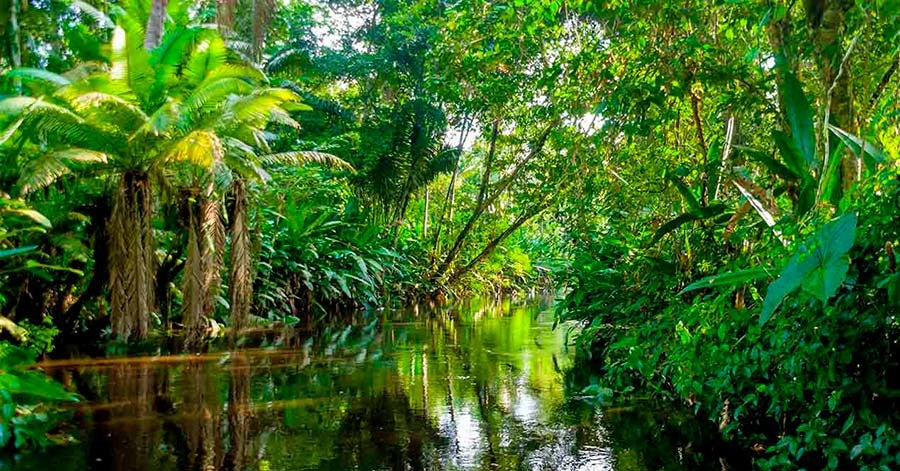By Maria Angella Fortich Fraija
It is no secret to any of us that the way in which we take advantage of natural resources has a direct impact on social well-being and the existence of the very biodiversity of planet Earth . In the southern region of the Colombian Amazon, the main productive activities are aquaculture, energy mining, livestock and agriculture, these are directly related to the use and management of biological diversity, therefore, we must seek new activities that can balance the use made of these areas, for example, the planting of trees.

Each ecosystem has its own biodiversity and requires special care. At Saving The Amazon we plant a great diversity of tree species, if you want to know about Copazú, Cacao and Moriche we invite you to click here .
If you want to know about other species that we plant, join us in this article in which we will talk about the different types of trees that we plant, their characteristics and the uses that the communities with which we work give them.
Maria Oil
María oil is a tree that can reach 30 to 35 meters in height, it has a parasoled crown with intense green foliage. Its outer bark is light gray to dark red in color and its inner bark is burnt yellow to brown towards the margin, its interior is a little more reddish and becomes a bit sticky to the touch.
This species, with all its colors, has different uses, one of which is the industrial use given to the oil that comes out of its bark and is used as a flavoring. In medicine its seed and exudate are used for skin diseases, but above all its usefulness is known in the construction industry in the elaboration of postures, furniture and moldings.

chicken blood
It is a medium-sized tree, it can reach up to 20 meters in height at low and moderate elevations. Its bark is gray to reddish in color and its leaves are large and pointed.
The fruits produced by this tree are green or yellow in color and open when ripe, revealing large seeds surrounded by bright red. The process occurs ideally in the humid tropics .
This tree has medicinal properties , it helps to treat hepatitis, the medicine is made in the solution of the bark, mixed with water, boiled and then consumed cold for 30 days.

The Rose of Mount
It is a small tree very remarkable for its large bouquets of very showy orange flowers that are born directly from the branches. It reaches up to 7 meters in height and the leaves are up to 4 meters long, before maturing they are very pale and do not produce any fruit.
They are known in medicine at the time of being ready, usually, they are used to control menstrual pain by taking their bark in a hot infusion.

Mirapiranga
The Mirapiranga is a tree that can reach between 20 and 40 meters in height, its sapwood is yellow and its heartwood is reddish. When the fruit ripens, it turns a yellowish green color and tends to have a sweet taste; each fruit comes to have from 1 to 9 seeds.
The wood of this species is one of the best known on the market because it is used to carve bows and for the manufacture of handicrafts, but its most special use is with the heart of the trunk to make musical instruments for indigenous rituals .

Inga
The leaves of the Inga are some of the most healing in the entire Amazon, its leaves and flowers are usually white. They usually bear edible fruits, but this species is famous because it is one of the only plants in the Amazon that is efficient and effective in curing snake bites.
Trees are essential for the regeneration of all the damage we do to nature and are essential for our environmental development. Trees should be seen as sanctuaries, as if they were eternal life, or so the German writer Hermann Hesse describes them. For him that meant the strength of being connected to nature and knowing that millions of branches are found beneath the ground we walk on trying to support us.



